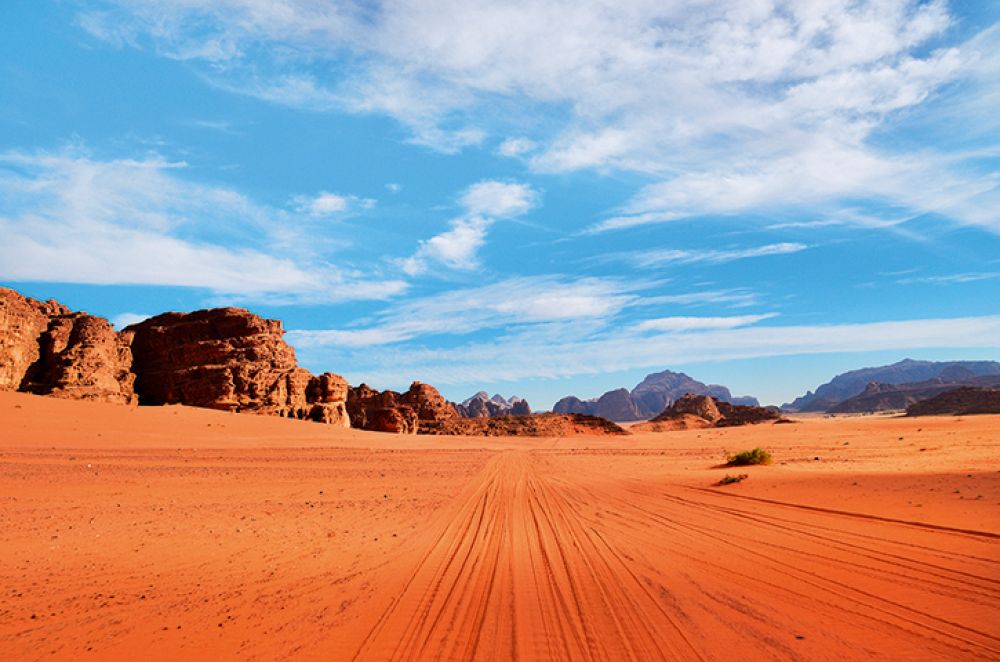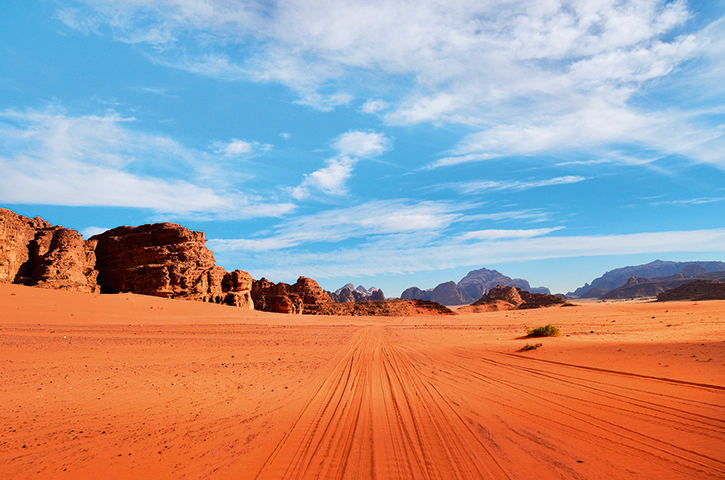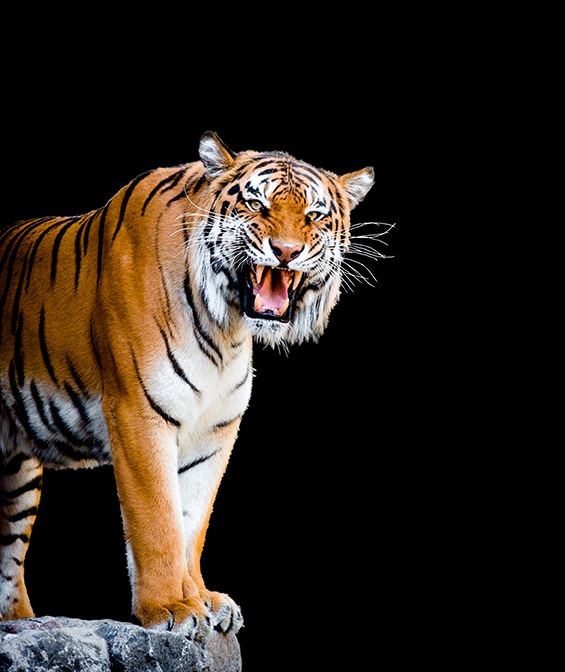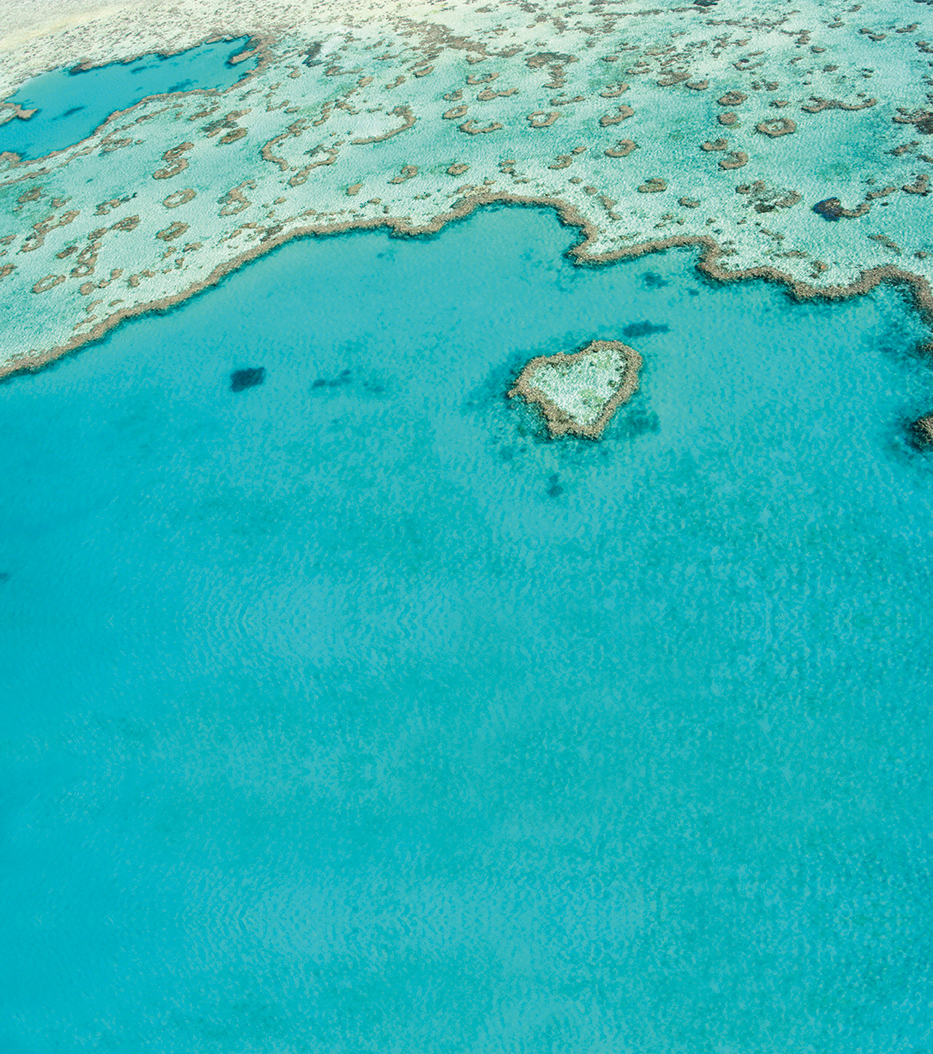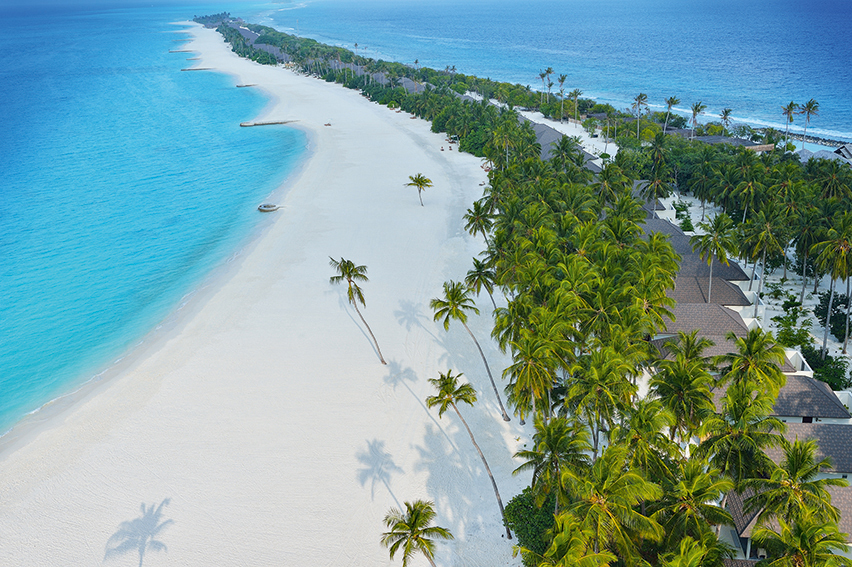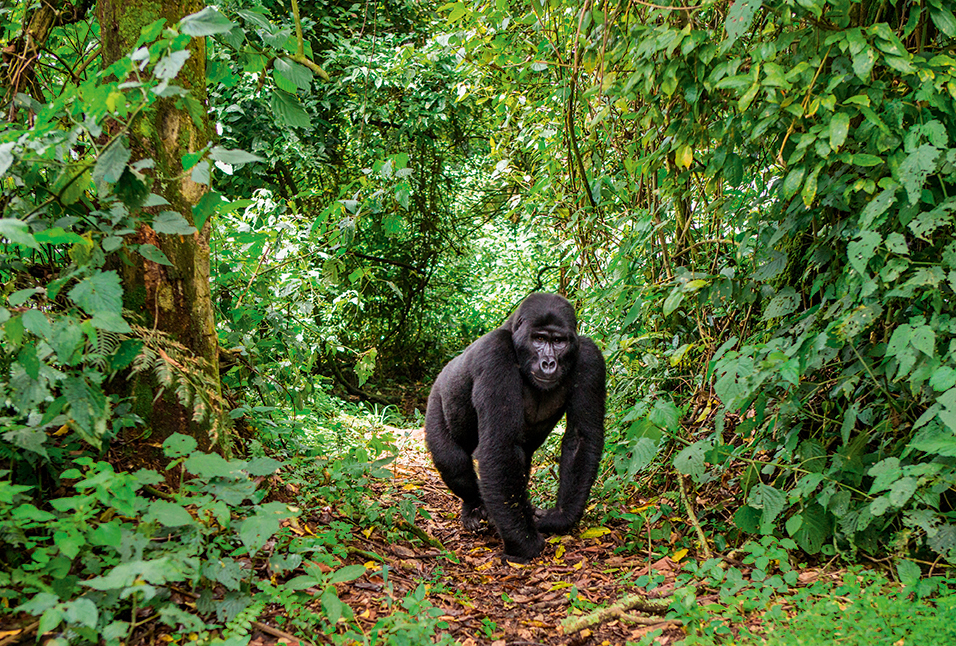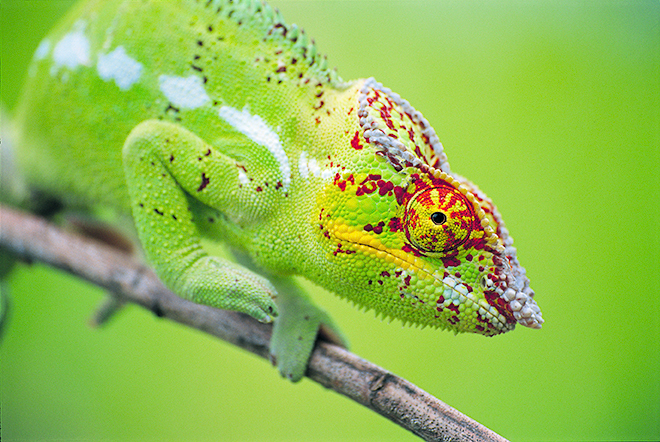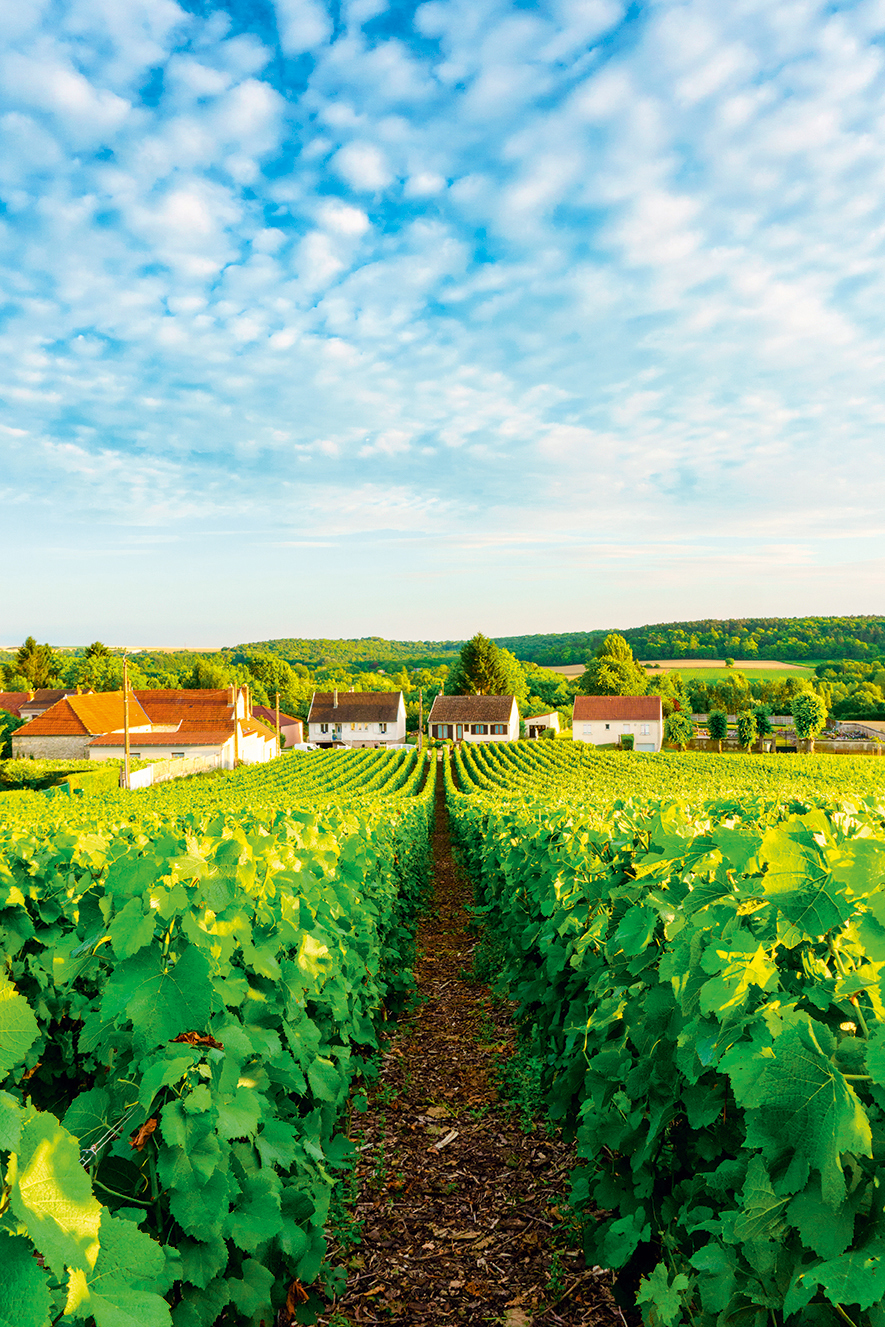The Congo Basin Africa
Adventure into the primeval wilderness of the Congo Basin– a mosaic of savannah, rainforest and swamp the size of Mexico – and it’s easy to imagine that you are the first human to set eyes on this mystical wilderness. However, just because you can’t see them, doesn’t mean its residents can’t see you. The area is home to more than 200 tribes, many of whom still follow a traditional hunter-gatherer lifestyle. A rustle in the bushes could be a Bayaka warrior tracking his next meal with a bow and arrow or it could be an endangered lowland mountain gorilla. But how much longer can this delicate ecosystem maintain its equilibrium under the pressures of modern life? According to a new study in Science Advances, if the illegal bushmeat trade continues at this pace, half of the gorilla population and numerous other species will have disappeared by 2040, which will have major knock-on effects.
Despite the fact that it is rich in oil and minerals such as diamonds, the basin expands into six of Africa’s poorest countries: Democratic Republic of Congo, Gabon, Republic of Congo, Cameroon, Central African Republic, and Equatorial Guinea. For many remote communities, exporting illegal bushmeat is the only way they know to make a living. It’s a serious problem: in the Democratic Republic of Congo alone, one million tonnes of illegal bushmeat is eaten and shipped every year. Another problem is deforestation, for palm oil, timber and rubber. The WWF predicts that only few blocks of the region’s forest will remain for 50 years; a bleak prediction for the endemic plants and people who depend on it. Thankfully, there is hope.
Through the hard work of major charities such as Greenpeace and the WWF, 4.8m hectares of the Congo Basin has been FSC (Forest Stewardship Council) certified, meaning that sustainable logging practices are in place. In 2009 TRAFFIC (the wildlife trade monitoring network) and the Democratic Republic of Congo government drew up a National Action Plan to find alternatives to the illegal bushmeat trade and it is starting to pay off. The number of mountain gorillas in the Virunga National Park increased from 380 to 480 over the last decade. Gorilla-focused tourism is key to giving local communities an income which protects their forest home, rather than destroying it. So book the trip of a lifetime and give our closest relatives on earth the chance of a better future.

